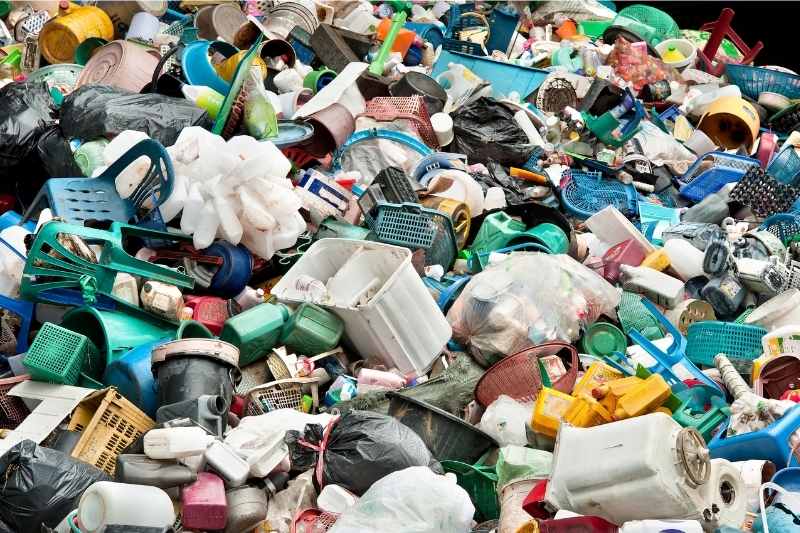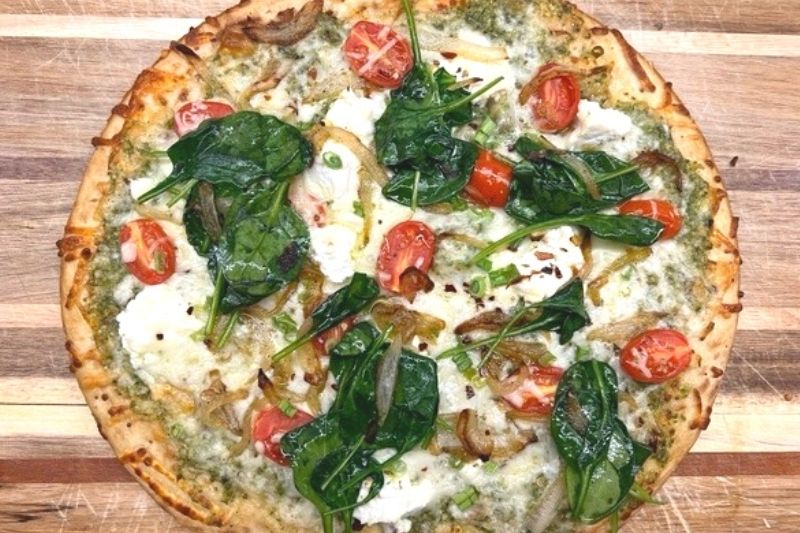Think Your Actions Don’t Have An Impact? You’re Wrong.
It’s time to dispel the notion that the efforts of one person are inconsequential. Your actions matter in our fight against climate change.
Read More
Select Page
It’s time to dispel the notion that the efforts of one person are inconsequential. Your actions matter in our fight against climate change.
Read MoreA simple switch to replacing single-use, pre-filled plastic pods with reusable k-cups will save you money and put less plastic on our planet.
Read More




